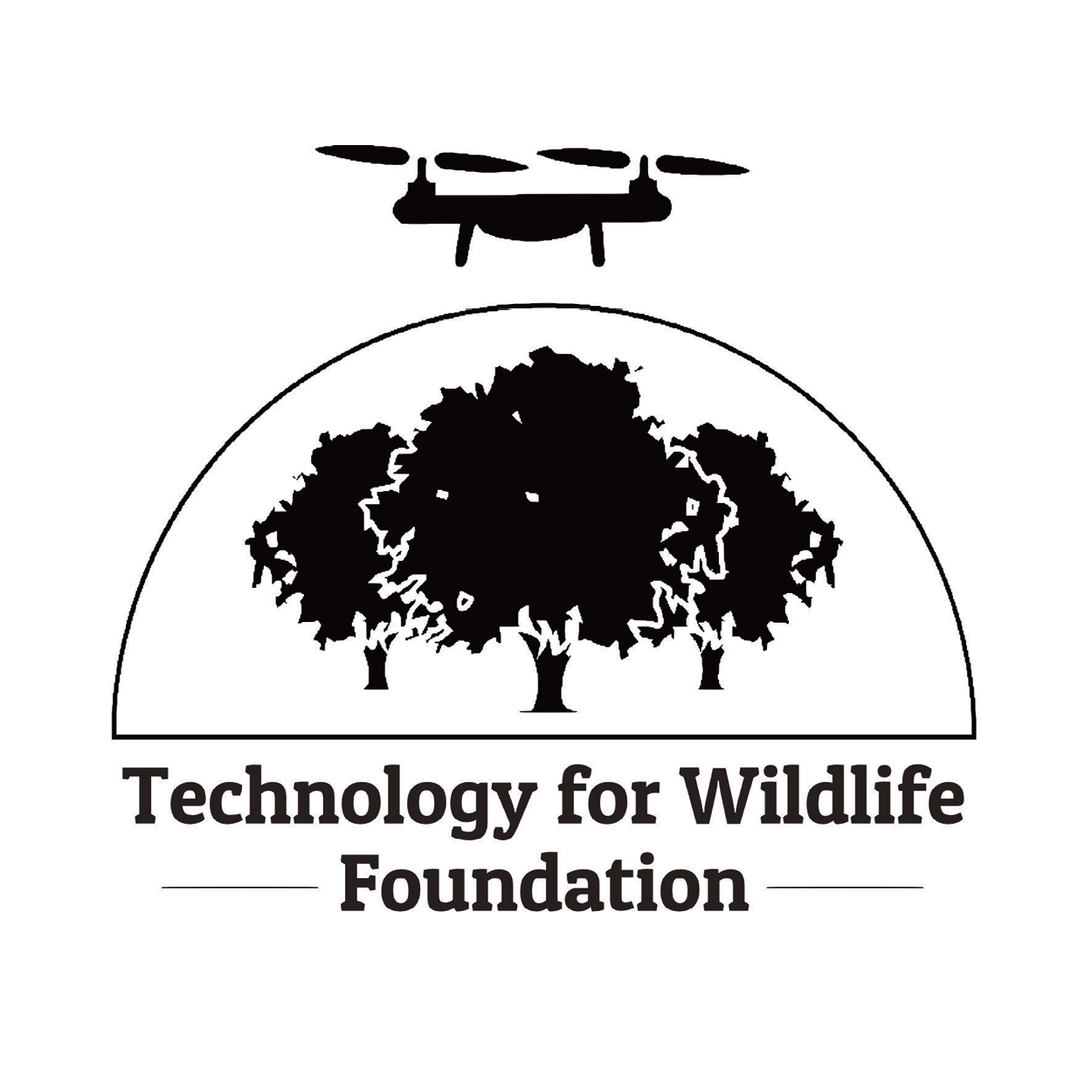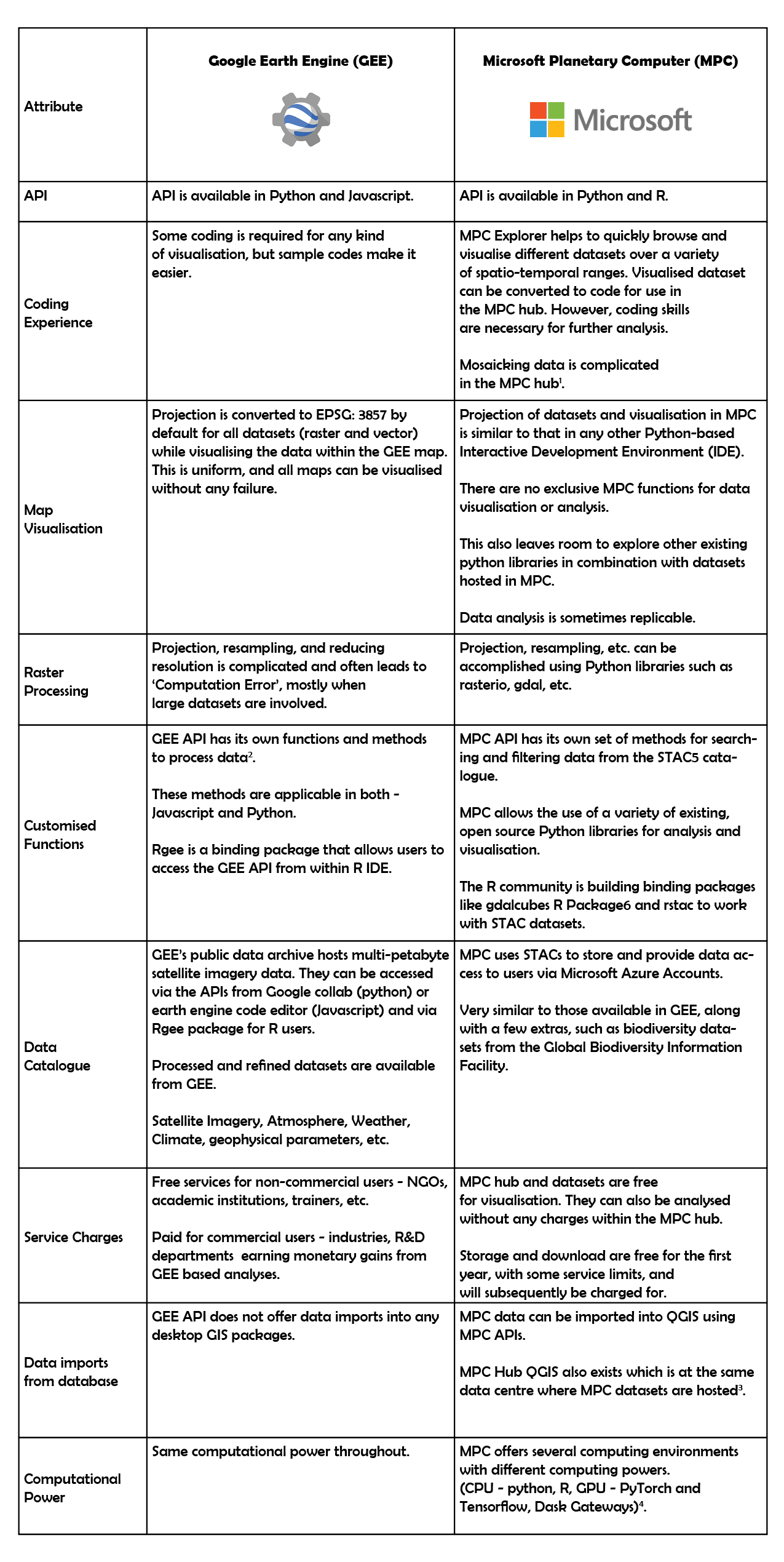Nandini’s eyes light up every time she spots a dolphin surface on the screen. The mobile screen displaying the live feed from the drone currently hovering above the river’s surface - recording a pod of feeding Ganges river dolphins. Metres away from the shallow pool lies a gharial, India’s rarest crocodilian, basking in the evening sun on a sandbar. The team and I are currently on the banks of the river Gandak, a tributary of the river Ganga that flows through West Champaran district of Bihar. We are nearing the end of the day and the first of two field trips to develop systems for conservation and monitoring endangered river dolphins and gharials in regulated rivers of India’s Gangetic plains.
Drone pilot Nandini Mehrotra (centre) monitoring dolphin behaviour through the drone’s controller.
Ganges river dolphins (GRDs), as their name suggests are endemic to the Indo-Gangetic Basin. They are frequently spotted alone or in small groups, and typically a mother and calf travel together.¹ They are essentially blind hunters who use ultrasonic sound waves to detect fish and other prey.² Like most cetaceans, GRDs spend much of their time underwater, surfacing briefly to breathe.³ The movement of these animals is now known from observation to follow seasonal patterns, moving upstream when the water level rises before entering smaller streams. Due to the same —short glimpses of their presence above water and an inability to record their presence underneath because of turbid conditions that make camera entrapment impossible—monitoring their presence and mobility is difficult.
Historically, the rivers of Bangladesh, Bhutan, India, Myanmar, Nepal, and Pakistan were all included in the gharial’s habitat range.⁴ Today, its range is restricted to a few big rivers in India, Nepal, and Bhutan. It is easily identified from other crocodiles because of the adult male’s long and slender snout resembling the Ghara (a type of earthen pot used for storing drinking water).⁴ The gharial, a keystone species for the health of freshwater systems, works as do other crocodile species to move nutrients from the riverbed to the surface, boosting fish populations and assisting in the maintenance of the aquatic ecosystem. Gharials are cold-blooded creatures that emerge from underwater to bask themselves in the sun in order to regulate their body temperature or, nest.⁵ As the mud on their bodies dries, they blend in with the sandbars they bask in and are easy to overlook in their environment.
Ganges river dolphin (Platanista gangetica) and the gharial (Gavialis gangeticus) are both listed in the IUCN’s Red List as Endangered species and Critically Endangered species, respectively. Among the main causes of the Ganges river dolphins' (GRD) population decline in their range are poaching, becoming fishery bycatch, the construction of flood-control infrastructure, embankments, the presence of motorboats, dredging, siltation, progressive habitat degradation by sluice gates, and aquatic pollution.⁶ Adult gharial population nosedived from an estimated 436 adult gharials in 1997 to fewer than 250 mature individuals in 2006.⁷ Reasons for their decline can be cited to the increased use of gill nets for fishing in gharial habitat and the loss of riverine habitat as dams, barrages, irrigation canals and artificial embankments being built. Siltation and sand-mining further change the river courses; land near rivers being used for agriculture and grazing by livestock during the dry-season. Another reason for the decline has been attributed to over-hunting for skins and trophies, egg collection for consumption, killing for indigenous medicine and excessive and irreversible loss of the species habitat.⁸
A gharial (Gavialis gangeticus) basking with open jaws—a sign of relaxation—in the Gandak River.
The Gandak plays host to the second largest population of the critically endangered gharials in the country and is a significant habitat range to the migratory Ganges river dolphins. The riverine habitats of both species are threatened by water flow regulation by dams and barrages in this region. In regulated rivers, water level is determined by human needs- to meet various domestic and industrial demands for water or for flood control and drainage. Though we have relied on simple forms of river regulation to provide water security from early river valley civilizations, river regulation today is an important tool for socioeconomic development. Local controls are now replaced by the coordinated regulation of flows throughout entire river basins and large-scale water transfers from wet to dry regions via sluice gates and barrages.
Reduced water flow leads to a reduction in foraging grounds and habitat. Dry-season flow regulation leads to sudden changes in depth, water temperatures, and bank erosion. This leaves GRDs at risk of being stranded in shallow river channels. Gharials may face breeding failures with unexpected water release that may wash away eggs. Such serious impacts need to be better understood to be addressed. Changes in dry-season river flow regulation are unpredictable and large-scale, making high-resolution data collection to monitor the species’ habitat in real-time indispensable. Such methods could enable swift communication of risks resulting from dam operations, to concerned water management authorities facilitating quick response to minimise mortality or injury risk to river dolphins or gharials, and eventually help inform ecologically oriented management of rivers. Despite a significant increase in awareness about river conservation, water management paradigms have not been able to address threats to species from dry-season river flow changes.
Spotter in the kayak on the River Gandak as observed from the survey boat.
The project's goal is to better understand these species and their conservation needs by using multiple methods in tandem and hence addressing previous knowledge gaps. It will be essential to continue extrapolating from real-time monitoring for prompt conservation action and efficient management of both human and ecological requirements.
The first task between the collaborating team members from Wildlife Conservation Trust (WCT) and Technology for Wildlife Foundation (TfW) was to identify an appropriate field-site for study. The field site requirement was an area suitable to conduct study by air, water and land. Proof of abundance was to be obtained in land by visual bank-based surveys and in air by the use of UAVs in the area of interest. Attached to the boat as part of the boat-based methods was the CPOD (Cetacean and Porpoise Detection) device. It was used to collect data on GRDs’ frequencies, sound pressure levels, and general activity in the study area. To narrow down the field of study the team conducted a river survey in a zigzag transect, using a boat and kayak over the area of interest. The kayak was manned by a spotter and a kayaker, while the boat carried the rest of the team, following behind the kayak.
Once the field of study was determined, the teams split into three. The first team worked on setting up and retrieving information from the CPOD and surveying dolphin presence and activity. The second team worked on tracking gharial abundance in the area of interest and its fringes. The last team ran aerial transects simultaneously over the same area, whilst coordinating over the radio. As such, valuable proof of record was gathered on the focus species over the duration of the field trip.
References:






